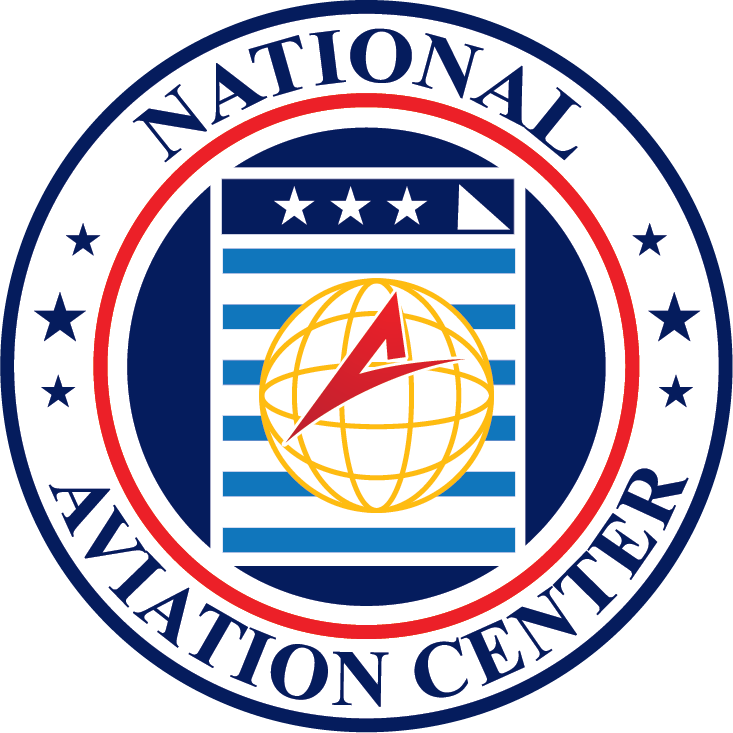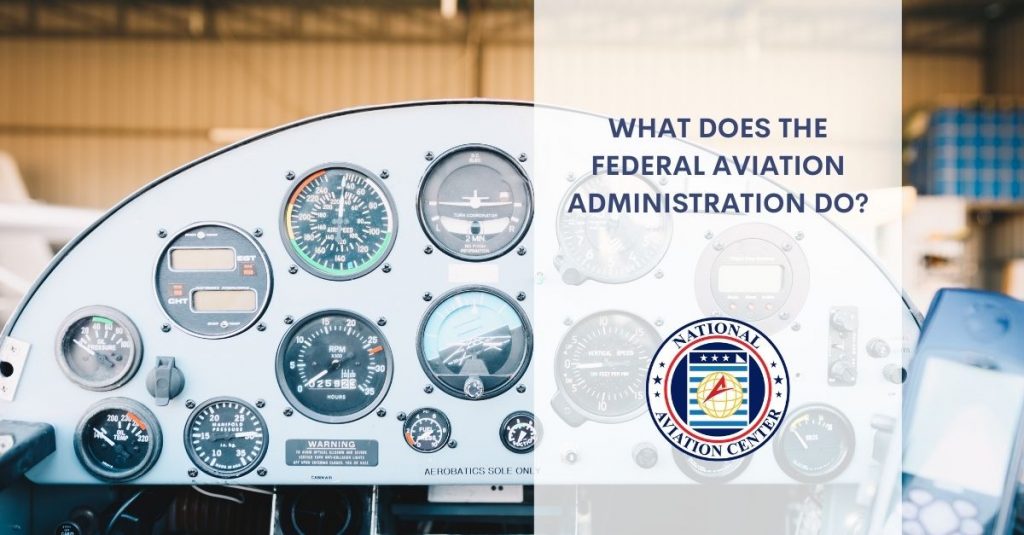With owning and operating your own airplane, comes a sense of limitless freedom. You have complete free reign to gas up your aircraft, exit the hangar, and hit the runway whenever you would like. Once you are up in the air, the possibilities are truly endless. The liberating experiences that come with aviation, however, are regulated to a degree by the Federal Aviation Administration (FAA).
If you think about it in basic terms, the act of aviation in its own right is something of a miracle in mechanical design and physical application. It stands to reason that the practice of flying a large piece of equipment thousands of feet in the air calls for comprehensive safety measures. With this in mind, having a government agency wholly tasked with managing and creating aircraft regulations is a perfectly reasonable use of tax dollars.

A Quick History of the Federal Aviation Administration
When Wilbur and Orville Wright first took off from Kitty Hawk, North Carolina, in December of 1903, a new frontier for travel was established. In the ensuing years, aviation technology advanced rapidly, and air travel for civilians, as well as aircraft applications for military purposes, became more and more prevalent.
In 1926, the Air Commerce Act was passed. In order to maximize the potential uses of aviation for commercial purposes, safety regulations were desperately needed. This piece of legislation allowed the U.S. Secretary of Commerce to create air traffic rules, register airplanes, license pilots, and more. As this area of the government evolved, and aviation technology along with it, the need for further federal safety regulations became apparent. In 1938, President Franklin Roosevelt signed into law the Civil Aeronautics Act, which in turn created the Civil Aeronautics Authority (CAA), which laid the foundations of what would eventually become the FAA.
Made official in 1958 via the Federal Aviation Act, the FAA was birthed in order to maintain the safe use of national airspace. As air traffic in American skies had nearly doubled since World War 2, the alarming frequency of crashes and collisions necessitated an agency solely tasked with preserving the safety of pilots and passengers.
How the FAA Impacts Aircraft Owners
Owning your own airplane is a luxury that few will ever know. If you have been fortunate enough to obtain your pilot’s license and save the funds necessary to buy your own aircraft, you are in an elite company. With owning your own plane, however, comes a significant amount of responsibility. One such area where you will need to be especially proactive is having current FAA documentation.
When you first purchase an aircraft, you will need to register it with the FAA. This is true of all aircraft in the U.S., from small prop planes to large, commercial airliners. Completing this process establishes documentation with the FAA who will in turn issue your aircraft an N-number. Your N-number is the identification string that is affixed to your aircraft. It is wholly unique to you and your plane, and when you complete your initial registration, there is some flexibility for customization. Maybe you want your wedding anniversary embedded in your N-number? Provided it is not already taken, this may be possible.
Every three years, you will need to renew your FAA registration. The agency will do you the courtesy of notifying you six months ahead of time. They will nudge you again two months before your registration is set to expire. Completing the renewal process allows the FAA to stay current on the pertinent details of your aircraft.
There are some additional occasions for filing FAA paperwork. If you move to your place of residence, you will need to submit a change of address form. Deregistration, re-registration, claims of liens, releases of mortgage, and transfers of ownership all have their own FAA forms as well.
Submitting Your FAA Forms Online
Completing any sort of government paperwork can be a confusing, time-consuming hassle. It should come as no surprise that FAA forms are no exception to this. Whatever your FAA documentation needs may be, you will need to locate the correct form, complete it, and then return it to the Federal Aviation Administration office in Oklahoma City, Oklahoma.
There are a couple of ways that you accomplish this. The first way would be to visit the FAA’s website, browse for the form you need, download it as a PDF file, print it, fill it out, and package it up in the mail. If that sounds like a lot of work and somewhat at odds with your busy schedule, you will be pleased to know that there is a simpler way.
At the National Aviation Center, we are a private service that specializes in the online processing of FAA documentation. We offer easy-to-use online forms for initial registration, registration renewal, changes of address, and much more. Take a few minutes to explore the navigation on the right-hand side of our website–you will find a comprehensive list of our service offerings. To learn more, contact us today.




